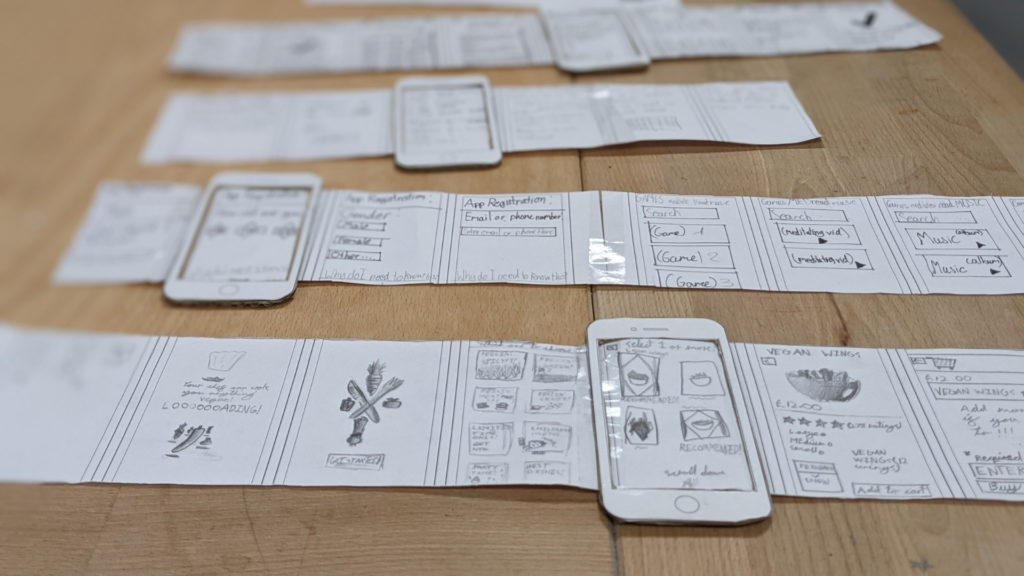✨ New article: Psychology of UX Writing.
Prototypes are often used to examine how users will behave with the product, reveal new solutions to problems, or determine whether the implemented solutions have been successful.
When designers want to understand how users will interact with a product, the most obvious method is to test how the users interact with the product. However, testing final products is uninformed and risky. Instead, designers create prototypes, have users test them, and iterate the design until it’s good enough. They can then be used to observe, record, judge, and measure user performance levels, their general behavior, interactions, and reactions to the overall design.
Prototyping can be done in various forms, from simple paper models to fully functional, interactive digital prototypes. The goal is to create a simulation or sample version of the product that enables designers to test their ideas and designs before investing time and money into creating the final product.

Prototypes are built so that designers can think about their solutions differently (tangible products rather than abstract ideas) and fail quickly and cheaply so that less time and money are invested in an idea that turns out to be wrong. Tim Brown, CEO of the international design and innovation firm IDEO, said it best:
“They slow us down to speed us up. By taking the time to prototype our ideas, we avoid costly mistakes such as becoming too complex too early and sticking with a weak idea for too long.”
Make no mistake: You cannot afford not to test prototypes. Your design will be tested, whether you plan for it or not. Once your system goes live and people begin using it, they test it. And rather than collecting feedback in a low-risk research setting, where you can learn and then react and change the design, you’ll have actual unhappy customers.
With them will come a litany of problems such as lost sales, abandoned orders, lack of understanding of content and products, alienation due to poor tone of voice, returned products, increased support calls, increased training costs, social shares of bad experiences, low Net Promoter Scores, and brand abandonment.
The business will have to figure out how to fix all these. The development team will react by scrambling to fix the design, taking out working code, visuals, and content, and trading it for rushed, only marginally better replacements. All will come at a significant cost. Redesigning, taking code out, coding again with the new design, quality testing that codes, and, if applicable, changing marketing and documentation materials is far more expensive than discarding a prototype.
Test prototypes, whether clickable or static, whether high- or low-fidelity. Aim to learn how to change and improve your design. That way, your customers will never see your design failures.
Resources
↗ Design Thinking: The Ultimate Guide
↗ UX Prototypes: Low Fidelity vs. High Fidelity
↗ IA-Based View of Prototype Fidelity
↗ Prototyping Articles & Videos
↗ Design Thinking: Get Started with Prototyping

